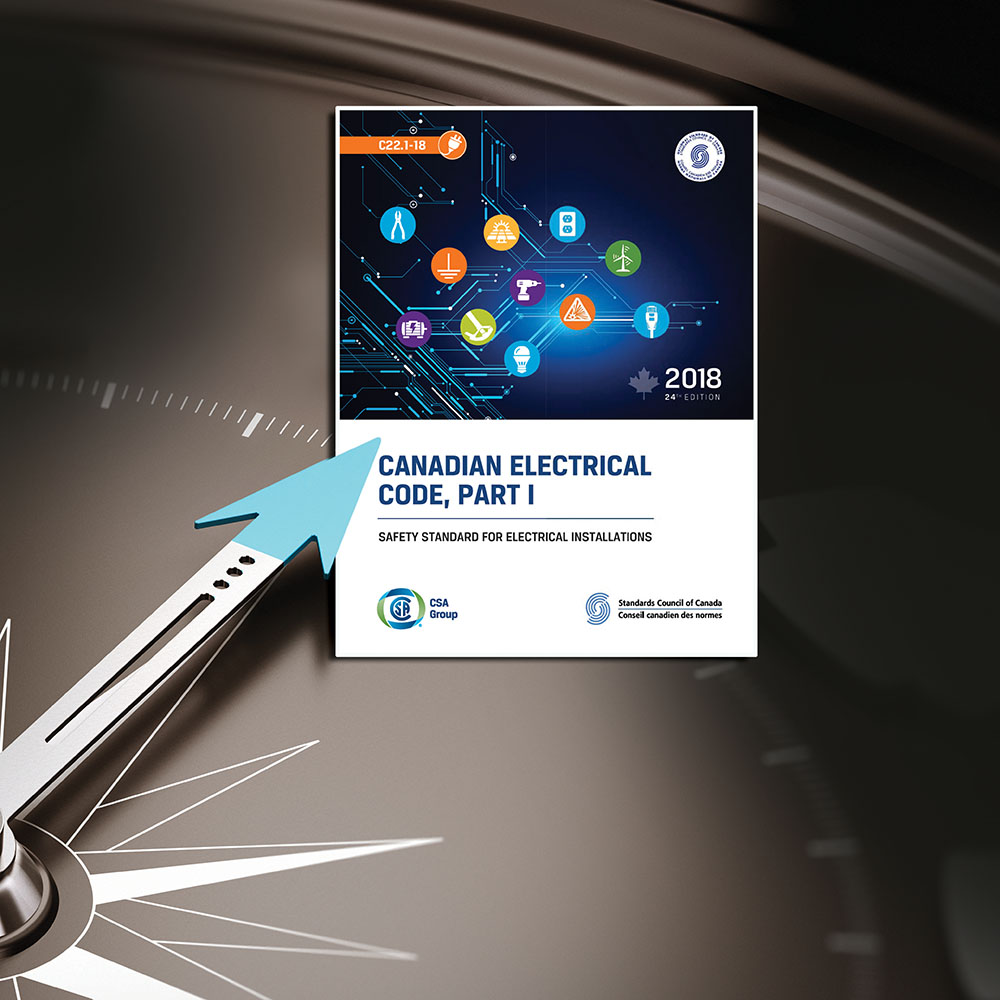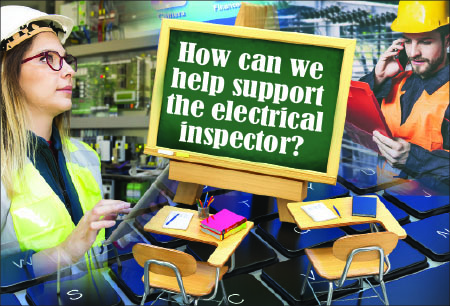The CE Code is a comprehensive document. Sometimes it can seem quite daunting to quickly find the information you need. This series of articles provides a guide to help users find their way through this critical document.
The popular and frequently referenced Model Inspection Checklist for Rooftop PV is now updated and expanded to include the latest national and international codes and safety insight for the rapidly expanding solar industry.
Test your knowledge of Tables in the 2017 NEC by taking this Code Hunter quiz.
For more than a decade, users have deployed permanent electrical safety devices (PESDs) to reduce the risks in isolating electrical energy. This elegantly simple innovation increases the probability that workers are exposed only to “zero voltage” when doing an absence-of-voltage test.
What is the industry doing to help educate electrical workers and what training resources are available?
For an owner, planning a larger commercial-scale solar photovoltaic (PV) installation involves a myriad of decisions about size, equipment, design, location, and perhaps most important, the installation contractor.
The traditional 8-ft length of rod and pipe electrodes is located at 250.52(A)(5) in the 2017 National Electric Code (NEC). What about 5 ft?
Let's start with the basics of Z32 and Section 24 of the CE Code. What is a “health care facility” for the purpose of Section 24 of the CE Code







